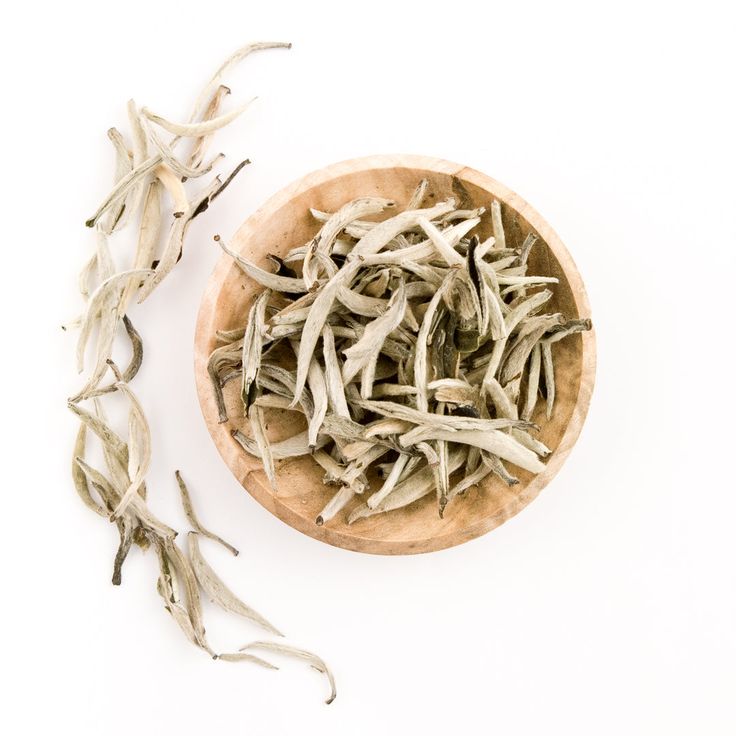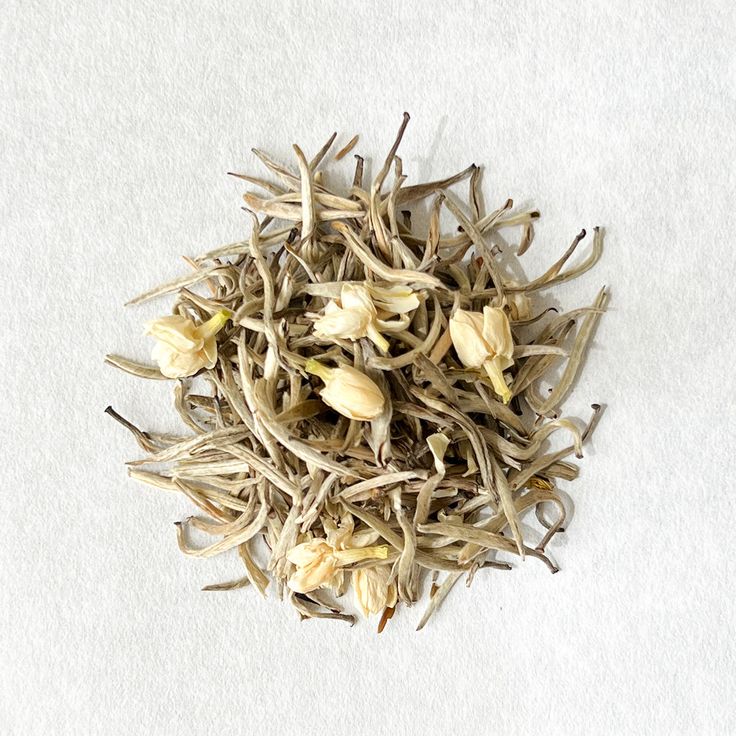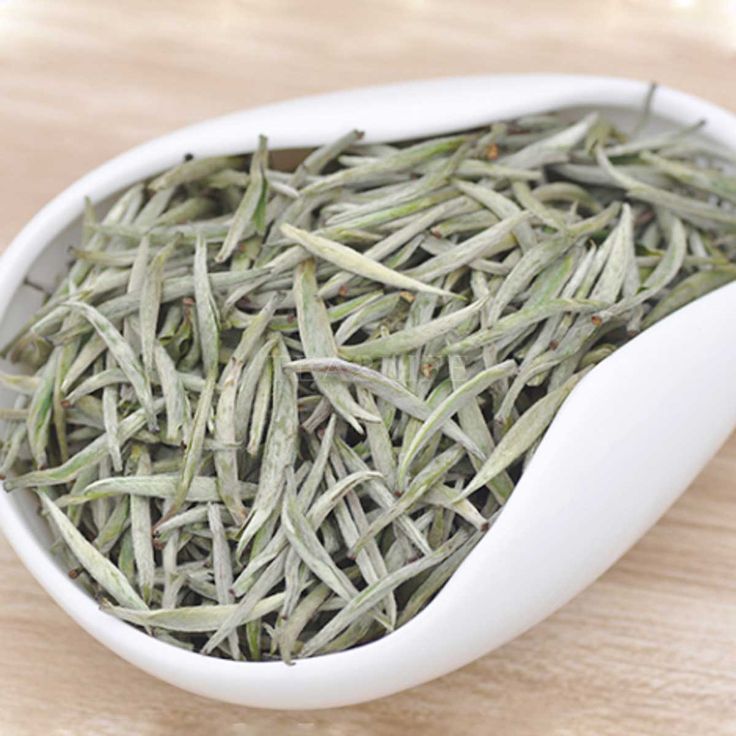What is White Tea?
White tea is a delicate beverage with a storied history that dates back centuries. This exquisite tea originates from the Camellia sinensis plant, which is the same source for both green and black teas. However, the key difference lies in the processing method used for white tea. Producers carefully harvest young tea leaves and buds, selecting only the finest parts of the plant. They then allow these leaves to wither and dry in natural sunlight, minimizing the processing involved. This gentle approach results in the tea’s light color and subtle flavor profile. Unlike black or green tea, white tea undergoes no rolling or oxidation.
Visually, white tea offers a pale yellow color that hints at its finesse. When it comes to taste, the brew reveals a silky smoothness that many find irresistible. It is often celebrated for its low caffeine content, making it a preferred choice for those looking for a gentler option. People enjoy white tea for its soft, slightly sweet flavor, which can be incredibly soothing. Its name derives from the fine white hairs found on the unopened tea buds, adding to its unique aesthetic appeal. White tea serves as a refreshing choice and is enjoyed by tea enthusiasts around the world.

The History and Origin of White Tea
The history of white tea is both rich and fascinating. It began in China, as far back as the Tang Dynasty (618–907). The first mention of white tea dates to the Song Dynasty (960–1279). During this era, silver needle tea became the drink of royalty. It symbolized status and sophistication. This precious tea was a favorite among emperors and nobles.
The origin of white tea is in the Fujian province. This region in China has the ideal climate and soil for growing the delicate tea plants. Even today, Fujian remains the main producer of silver needle tea. Traditional methods of tea processing have passed down through generations. Locals still handpick the young leaves and buds early in the spring.
Legend tells of silver needle tea’s discovery by a Chinese emperor. He was known for his love of tea and innovation in brewing techniques. This emperor demanded the finest tea for his court. Thus, the earliest and most pristine shoots became the emperor’s reserve. Over time, white tea became available beyond the walls of the palace. It spread across China and eventually around the world.
The white tea we enjoy today has a deep connection to its past. Each cup reflects centuries of culture and tradition. The drink has evolved but the core of its production remains true to its origins. There is a sense of history in every sip of silver needle tea. It carries with it the legacy of ancient China.

Types of White Tea
White tea encompasses a variety of types, each boasting unique characteristics and flavor profiles. Understanding these types can significantly enhance your drinking experience and help you make informed choices when selecting your tea. Here are the most common varieties of white tea:
Silver Needle (Bai Hao Yin Zhen)
Silver Needle is often regarded as the pinnacle of white teas. This premium tea consists solely of the top unopened buds of the tea plant. The buds have a silvery-white appearance, which is visually appealing. When brewed, this tea reveals a delicate and mild flavor, making it an exquisite choice for tea connoisseurs. Many enjoy Silver Needle for its sweet, floral notes combined with a refreshing aftertaste. The minimal processing preserves the natural essence of the tea, allowing its true character to shine.
White Peony (Bai Mu Dan)
Next in line is White Peony, which includes both the delicate buds and the first two young leaves. This variety offers a fuller flavor profile than Silver Needle, accompanied by a darker color. White Peony strikes a balance between robust taste and a delicate finish, catering to those who prefer a slightly bolder brew. When steeped, it delivers a rich, floral aroma, complemented by a smooth, mellow taste that can be quite satisfying.
Tribute Eyebrow (Gong Mei)
Tribute Eyebrow, or Gong Mei, is a lower-grade white tea compared to Silver Needle and White Peony but remains highly valued among tea lovers. This type typically includes leaves harvested from later picks, which contributes to its stronger taste. While it may lack the finesse of the two aforementioned varieties, it possesses a distinct character that many find enjoyable. Its flavor is robust and slightly fruity, appealing to those seeking a heartier experience.
Longevity Eyebrow (Shou Mei)
Longevity Eyebrow shares similarities with Tribute Eyebrow, but it presents a bolder flavor profile. This tea utilizes more mature leaves in its composition, resulting in a darker brew. It offers a rich and intense taste that can stand up well to longer steeping times. Those who enjoy a stronger flavor may find Longevity Eyebrow particularly appealing, as it provides depth and fullness in every cup.
New Craft (Xin Gong Yi)
Lastly, we have New Craft, a modern type of white tea that has been developed using innovative methods. This variety is designed to provide drinkers with a more pronounced flavor and a rich aroma, distinguishing it from traditional white teas. By incorporating new techniques, New Craft aims to enhance the overall sensory experience, offering an exciting option for adventurous tea drinkers.
When choosing white tea, it is essential to consider these variations. Each type has distinct flavor profiles and appearances, which can influence the brewing process and the final taste. For beginners, starting with the delicate Silver Needle is recommended before moving on to the bolder Longevity Eyebrow. By sampling different types, you will discover the one that best suits your palate, making your journey into the world of white tea both enjoyable and satisfying.

Health Benefits of White Tea
White tea is a treasure trove of health benefits. It is rich in antioxidants, which help protect the body from the ravages of aging and pollution. These powerful compounds fight oxidative stress. They may lower the risk of chronic diseases like heart disease and cancer. Drinking white tea regularly can also support a healthy immune system. It helps to fend off common illnesses.
Not only does silver needle tea contain antioxidants, but it is also low in caffeine. This makes it a great choice for those sensitive to the stimulating effects of caffeine in coffee and other teas. Its gentle nature is soothing and can aid with relaxation. Some studies suggest that the consumption of silver needle tea might promote dental health. The catechins in white tea can fight bacteria, potentially reducing the risk of cavities and gum disease.
For those watching their figure, silver needle tea can be an ally in weight management. Its bioactive compounds might boost metabolism. This could lead to burning fat more effectively. It’s a calorie-free drink when consumed without added sweeteners. Thus, it is an excellent substitute for sugary beverages.
Moreover, white tea’s anti-inflammatory properties can help soothe the skin. Consuming it may improve the skin’s resistance to stress and reduce the risk of premature aging. Lastly, the calming properties of silver needle tea can help reduce stress. A warm cup could be the perfect way to unwind after a long day.
In summary, white tea is not just a delightful drink. It’s a beverage packed with health-promoting properties. From its antioxidative prowess to its calming effects, silver needle tea is indeed a wise choice for those seeking well-being.
How to Brew the Perfect Cup of Silver Needle Tea
Brewing the perfect cup of white tea involves precision and care. Here are some simple steps to follow:
- Start with Quality Leaves: Begin with high-quality silver needle tea leaves. Freshness influences flavor, so look for reputable brands.
- Use Fresh, Filtered Water: The water quality affects the taste. Always use fresh, preferably filtered water for brewing.
- Heat Water Properly: White tea requires water that’s hot but not boiling. Aim for a temperature around 75-85°C (165-185°F).
- Preheat Your Cup: Pour some hot water into your cup, swirl it around, then discard. This warms the cup and helps maintain the tea’s temperature.
- Measure Your Tea: Use about 2 grams of silver needletea per 6 ounces of water. Adjust to taste.
- Steep Correctly: Place the silver needle tea in your cup and pour the hot water over it. Steep for 4-5 minutes. Don’t oversteep as it can turn the tea bitter.
- Strain and Serve: If you’re using loose-leaf tea, strain it before drinking. Enjoy the subtle, delicate flavors.
A perfect cup of white tea is a balanced combination of quality leaves, correct water temperature, proper steeping time, and the right equipment. Experiment with these parameters to find your personal preference and appreciate the nuances of the tea.

Pairing Silver Needle Tea with Food
Finding the right food to complement your white tea can enhance the experience. Here are some pairing tips:
- Go for Light Flavors: White tea has a subtle taste. Pair it with foods that have gentle flavors. Avoid dishes that might overpower the delicate notes of the tea.
- Sweet Treats: Desserts like vanilla sponge cake or macarons can be delightful with silver needle tea. Their sweet, soft profile matches the tea’s mild nature.
- Seafood: Seafood, particularly white fish and shellfish, works well. The light, fresh flavors resonate with silver needle tea’s clean finish.
- Fruit: Fresh fruits, particularly peaches and lychees, provide a sweet and delicate companion. They echo the floral notes often found in white tea.
- Cheese: Soft cheeses, like Brie or Camembert, pair nicely. Their creamy texture and subtle taste suit the soft qualities of the tea.
- Salads: Simple salads with a citrus or light vinaigrette dressing are ideal. They offer a crisp, fresh taste that does not compete with the tea.
- Sandwiches: Opt for sandwiches with mild fillings, such as cucumber or chicken salad. Keep them light and simple.
- Herbal flavors: Incorporate mild herbs like mint or lemongrass. These can complement the tea without overwhelming it.
When pairing food with white tea, think harmony. Select flavors that will meld with, not mask, the tea’s complexity. Enjoy the combined taste profiles for a richer tea drinking experience.
Storing and Preserving Silver Needle Tea
Storing white tea correctly is essential for maintaining its delicate flavor and aroma. Here are key tips for keeping your silver needle tea fresh:
- Avoid Heat: Store your silver needle tea away from heat sources. Heat can degrade the quality quickly.
- Shield from Light: Light, especially direct sunlight, can damage the tea leaves. Use opaque containers to protect them.
- Keep Air Out: Air exposure can lead to a loss of flavor. Seal the tea in airtight containers.
- Control Humidity: Moisture can cause mold and ruin the tea. Keep it in a dry place.
- Stay Away from Odors: White tea can absorb smells. Store it away from strong odors.
- Use Quickly: White tea is best enjoyed fresh. Try to use it within six months to a year.
- Watch the Quantity: Buy in small amounts to ensure you can use it while it’s still fresh.
By following these storage steps, you can preserve the quality of your silver needle tea. Enjoy its subtle freshness every time you brew a cup.

Where to Buy Quality Silver Needle Tea
Finding a source for high-quality white tea is key to the best experience. Here are steps to ensure you buy the finest:
- Look for Specialty Tea Shops: These stores focus on premium teas. Their staff are often knowledgeable and can help you pick.
- Check Online Retailers: Many reputable tea brands sell online. Read reviews and choose those with positive feedback.
- Visit Asian Markets: They often carry authentic white tea. Ask for teas from the Fujian province of China for a traditional choice.
- Seek Freshness: The fresher the tea, the better the flavor. Make sure the packaging has a recent harvest date.
- Evaluate Packaging: Good tea comes in sealed packaging. It should protect the tea from light and air.
- Start with Samples: If possible, buy small amounts. This way, you can try different types without a large commitment.
- Ask for Recommendations: Connect with fellow tea drinkers. Online forums and communities can provide valuable insights.
When buying white tea, remember that quality matters. Invest in the best you can find to truly appreciate the subtle nuances of this exquisite tea.